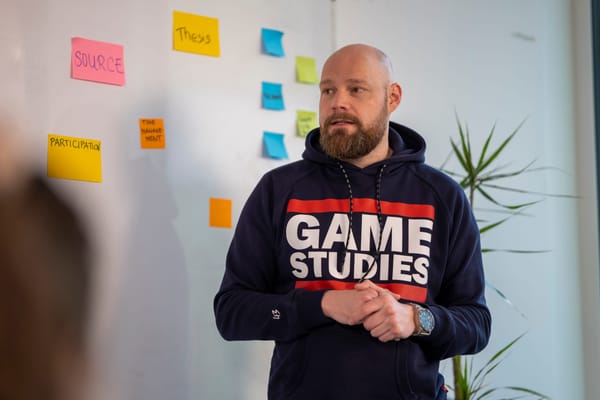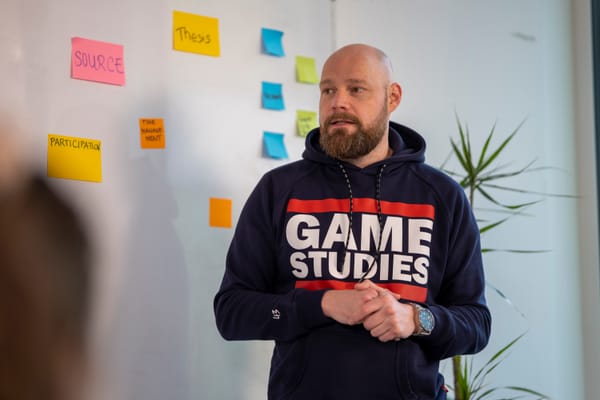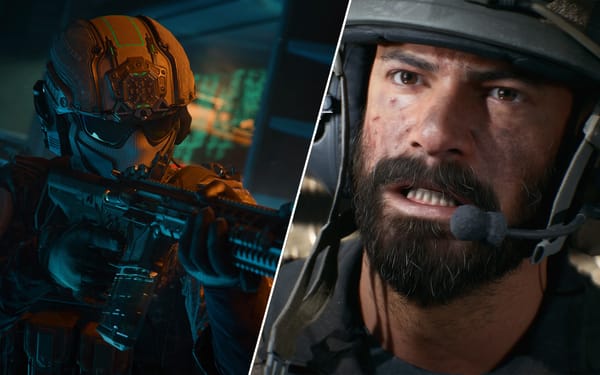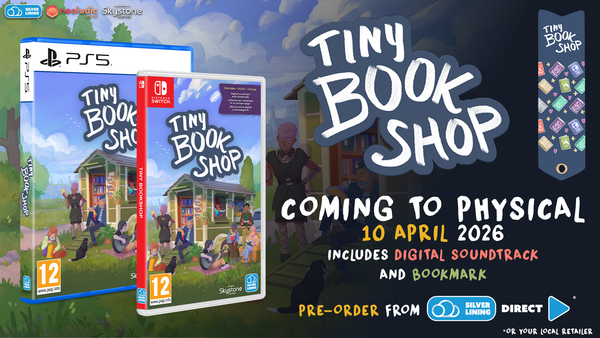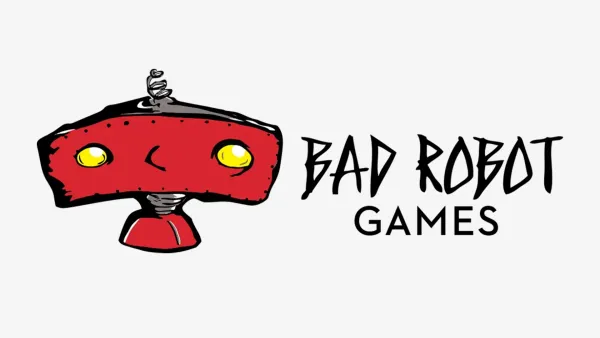DiGRA D-A-CH Game Studies Watchlist #38


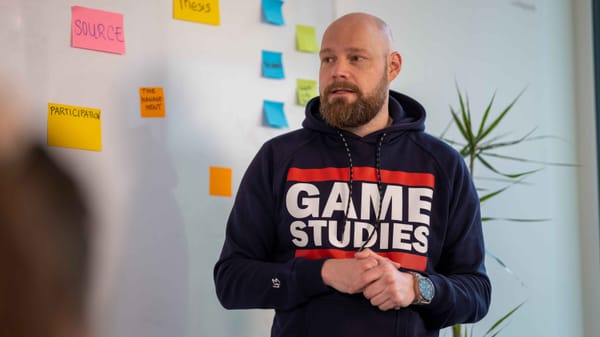
The Game Studies Watchlist newsletter of games research association DiGRA GSA is published weekly on GamesMarkt, curated by Prof Dr Rudolf Inderst. This time with taste in Silksong, new book recommendations and more.
Ahoi there, game studies operators!
My watchlists are full of posts about Silksong (no, really, it's freaking everywhere!), so I saw it as my task this week to filter out the most insightful thoughts from the many posts. As we all undoubtedly suspect, I naturally succeeded... not. Seriously, though, many clever minds have taken a stand here in essay form, and if you've also found great essays, please feel free to share them. In any case, I chose The Electric Underground and the contribution Hollow Knight: Silksong Elevates Taste.
(https://youtu.be/xvr3WJTWbMQ?si=sS8B1Rqeiad9RHgn)
The Electric Underground argues in his essay that modern game design often falls into the trap of sanding away friction until all that remains is a polished, predictable, “safe” experience. What excites him about Silksong is that it goes against this grain. Instead of handing out invulnerability rolls or easy mechanics, it embraces limitation: deliberate pushback when you hit an enemy, riskier pogo attacks that demand commitment, and a healing system that competes with your offensive tools. I guess, from his perspective, these are not just quirks but signs of integrity. They mean the player must actually learn and engage, rather than relying on endless safety nets. I think he may oversell the purity of this approach, after all, limitations can frustrate as much as they can sharpen design, but it’s refreshing to see someone insist that constraints and consequences still matter in a genre that too often drifts into convenience.
Hollow Knight: Silksong Elevates Taste also praises Silksong’s enemy and boss design. Unlike many Metroidvanias where foes feel like disconnected speed bumps, the enemies here act with distinct “game plans” that combine into dynamic encounters. Bosses are treated as the structural pillars of the game, bursts of energy that prevent fatigue from setting in. Even if not every fight is perfect, the ambition is unmistakable, and I admit I share the creator’s admiration for this. To be fair, the critique isn’t all rosy. He highlights two sticking points: boss runbacks (replaying traversal before a boss) and what he calls “map fatigue.” Runbacks, he argues, are supposed to create tension, but in practice often feel like meaningless downtime. And as the game world balloons in scale, constant re-interpretation of its vast map turns exploration into tedious proofreading. I like how he frames this: Silksong both elevates the genre by re-centering challenge and consequence, yet simultaneously inherits some of its bloat. He even suggests that the game itself recognizes this by offering a natural “off-ramp” after Act 2, rolling credits early for players who feel satisfied before Act 3’s sprawl. It’s a generous structural choice, but also an admission that the design doesn’t fully cohere.
Always happy to read some news from Frans Mäyrä on Bluesky, this time he reminded all of us, that a new issue of the Games and Culture journal is out for you to examine!
In June 2025, the CH Ludens team had the pleasure to welcome Tobias Winnerling (Heinrich Heine Universität Düsseldorf) for a guest lecture at the University of Bern as part of their yearly workshop and he talked about What does it mean for a game to be a source? His talk has been transformed into a lovely blog entry now.
I had the great pleasure to talk to Kawika Guillermo about his book Of Floating Isles. On Growing Pains and Video Games for my podcast Game Studies. Please listen to our insightful conversation right here and share it where you see fit:
... last but not least, I have something ready for our German-speaking audience: Together with historian Daniel Meis, I published a new HNU working paper called Schlachtfeld Berlin. Orte der deutschen Demokratiegeschichte im digitalen Spielraum.
Oh, so I see how it is, nobody bothered to answer my perfectly reasonable question from last week about the correct order to read EDGE magazine. Do we start with the cover feature like civilized people, or is the true connoisseur’s path to begin with the back-page column and work forward like some kind of gaming salmon swimming upstream? Apparently, I’m left to languish in uncertainty while the rest of you carry on as if this isn’t a matter of life, death, and proper magazine etiquette. Fine. Be that way ... (I mean ... what's next -> even cannot answer what's your favorite power up?)
Cheers and stay healthy,
Rudolf
You are welcome to share your ideas and feedback with me. If you like DiGRA D-A-CH Game Studies Watchlist, please tell your friends, colleagues, as well as fellowship and post on social media about it! Please support my work in game research & culture, consider contributing via Buy Me a Coffee.
Never miss anything from the German, Swiss and Austrian games industry again: subscribe for free to our Daily newsletter and get all news straight to your inbox.
